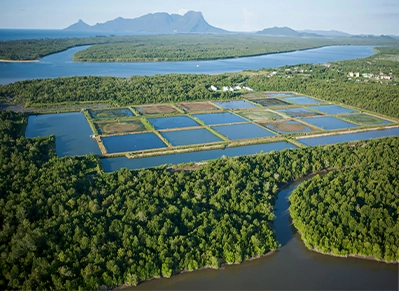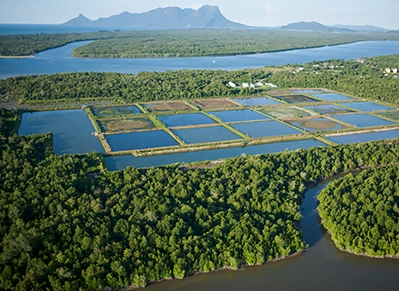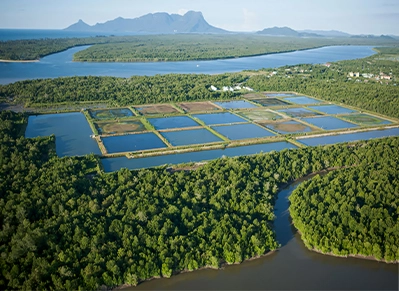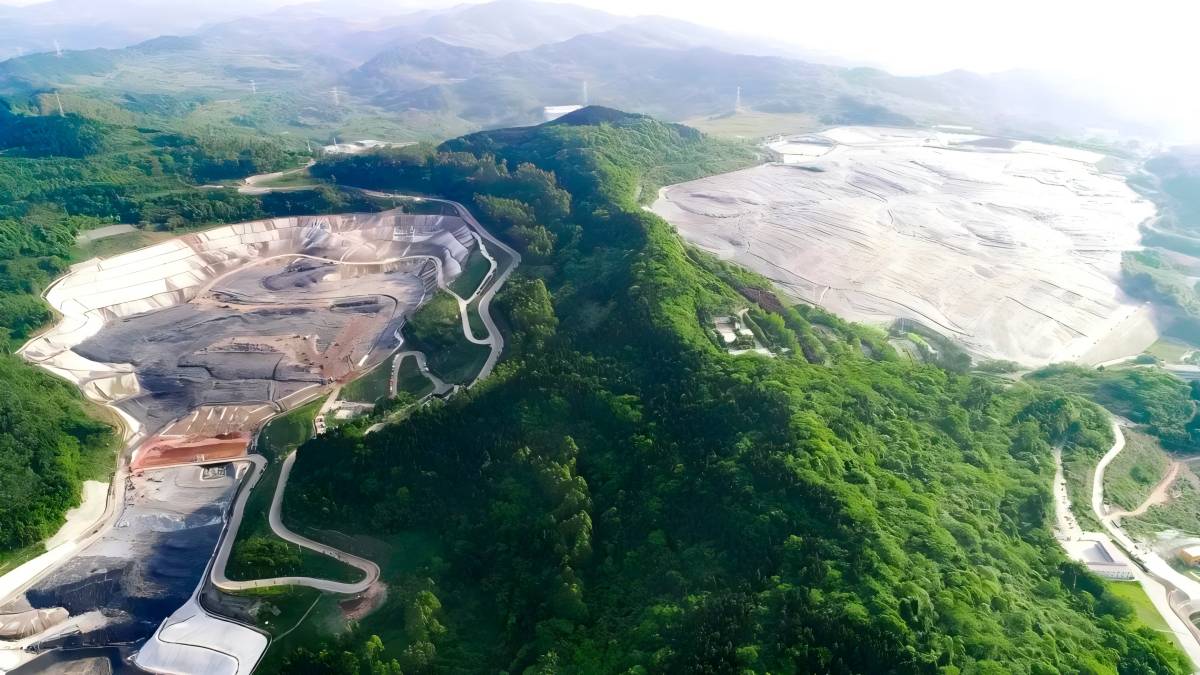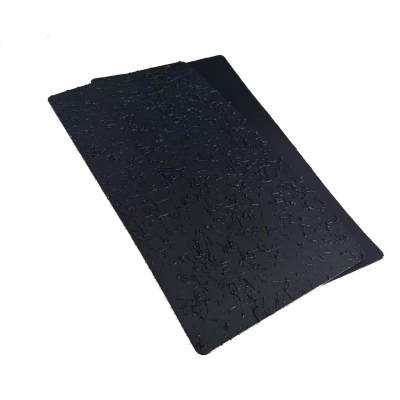Sustainable Geosynthetics Revolutionize Modern Infrastructure Development
The global construction industry is undergoing a quiet revolution as geosynthetics emerge as game-changing solutions for sustainable infrastructure projects. These advanced engineered materials are transforming how we build roads, protect coastlines, and manage environmental challenges while meeting increasingly stringent sustainability requirements.
Market analysts observe that geosynthetics are becoming the material of choice for engineers and project managers worldwide. The transportation sector has seen particularly strong adoption, where these innovative materials now play critical roles in highway construction, railway stabilization, and airport runway projects. Their ability to reinforce weak soils and control erosion has made them indispensable in challenging terrains and climate-vulnerable regions.
Environmental applications represent another major growth area for geosynthetics. Modern waste management facilities increasingly rely on specialized geomembranes for secure landfill containment, while contaminated land remediation projects utilize geosynthetic barriers to prevent pollutant migration. Water conservation initiatives also benefit from these materials, which enhance the performance of reservoirs, canals, and flood protection systems.
The geosynthetics revolution extends beyond traditional construction applications. Renewable energy projects now incorporate these materials in solar farm foundations and wind turbine base stabilization. Urban planners are discovering their value in green infrastructure development, where they contribute to sustainable drainage solutions and urban heat island mitigation.
Technological advancements continue to expand geosynthetics' capabilities. Manufacturers are developing smarter versions with embedded sensors that monitor structural health in real-time. New composite formulations combine multiple functions, reducing material usage while improving performance. Perhaps most importantly, the industry has made significant progress in sustainable production methods, including recycled content options and reduced-carbon manufacturing processes.
As climate change accelerates infrastructure vulnerabilities, geosynthetics offer resilient solutions. Their flexibility and durability make them ideal for projects in earthquake-prone zones or areas experiencing increased rainfall intensity. Coastal protection schemes worldwide now routinely incorporate these materials in sea defense structures and beach stabilization projects.
The future looks bright for geosynthetics as they align perfectly with global sustainable development priorities. Their ability to reduce construction material consumption, minimize environmental impact, and extend infrastructure lifespan positions them as key enablers of the circular economy in construction. With urbanization continuing apace and climate adaptation becoming urgent, these versatile materials are set to play an even greater role in building the sustainable infrastructure of tomorrow.
Industry experts agree that geosynthetics represent one of the most significant material innovations in modern civil engineering. As performance standards rise and sustainability requirements tighten, these engineered solutions are proving their worth across an ever-widening range of applications, making them indispensable tools for addressing the world's infrastructure challenges.
